02 Feb 2006 Visit to Mistral Engines
Yesterday, Feb 1 2006, I spent the afternoon at Mistral Engines in Geneva.
Mistral is developing a family of rotary aviation engines for the certified and experimental markets. They have completed development on the 2-rotor normally aspirated and the 2-rotar turbocharged engines. The are still developing the 3-rotor line. The current engines burn gasoline, and they are also developing a jet fuel line of engines. You can get a lot of details at their website.
The main purpose for my visit was to see how “real” the company is, and to get a flavor for what they are like. These are things that are hard to quantify, clearly, but I’ll give you my impressions anyway.
Mistral is located in Geneva, Switzerland, in a building built by Hispano-Suiza.
The opulent lobby:
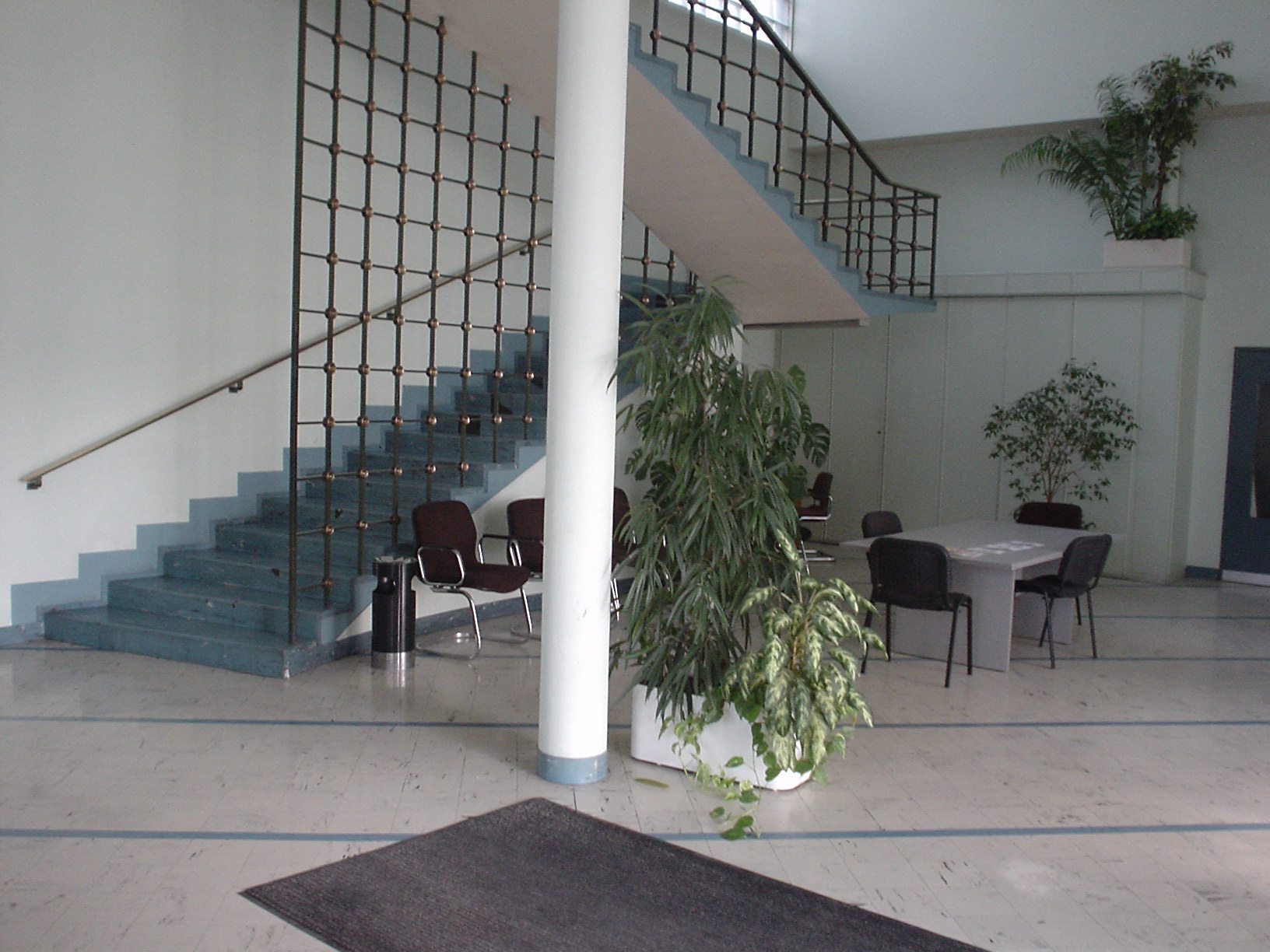
The building was eventually taken over by another Swiss company to build tanks for the Swiss Army. Later, Swissair took over the building with a plan to do engine overhauls there, but they unfortunately fizzled out before they could do this. Eventually, the building was split into smaller offices and workshops, and Mistral has one of each.
The Mistral office
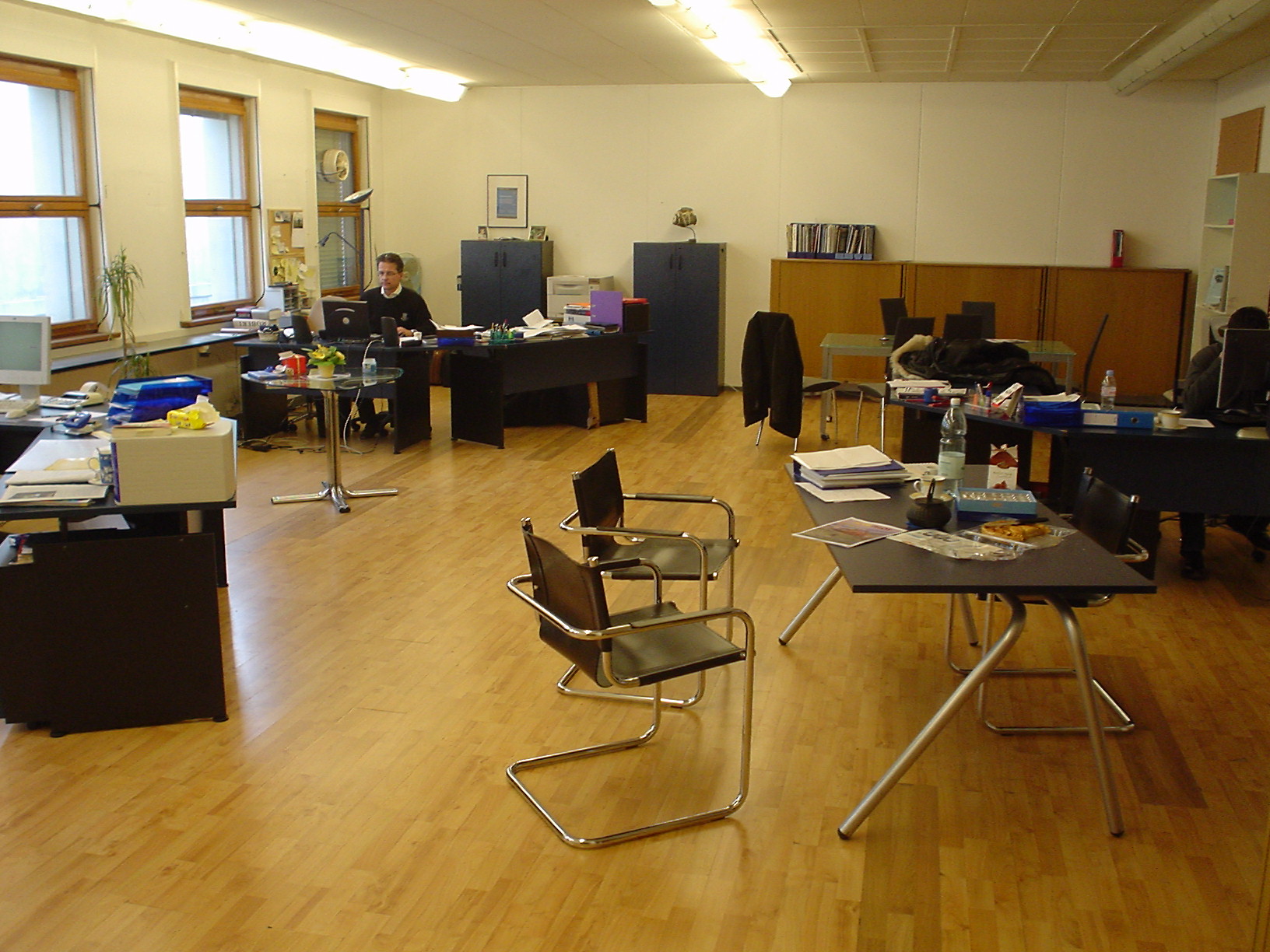
One half of the Mistal development lab
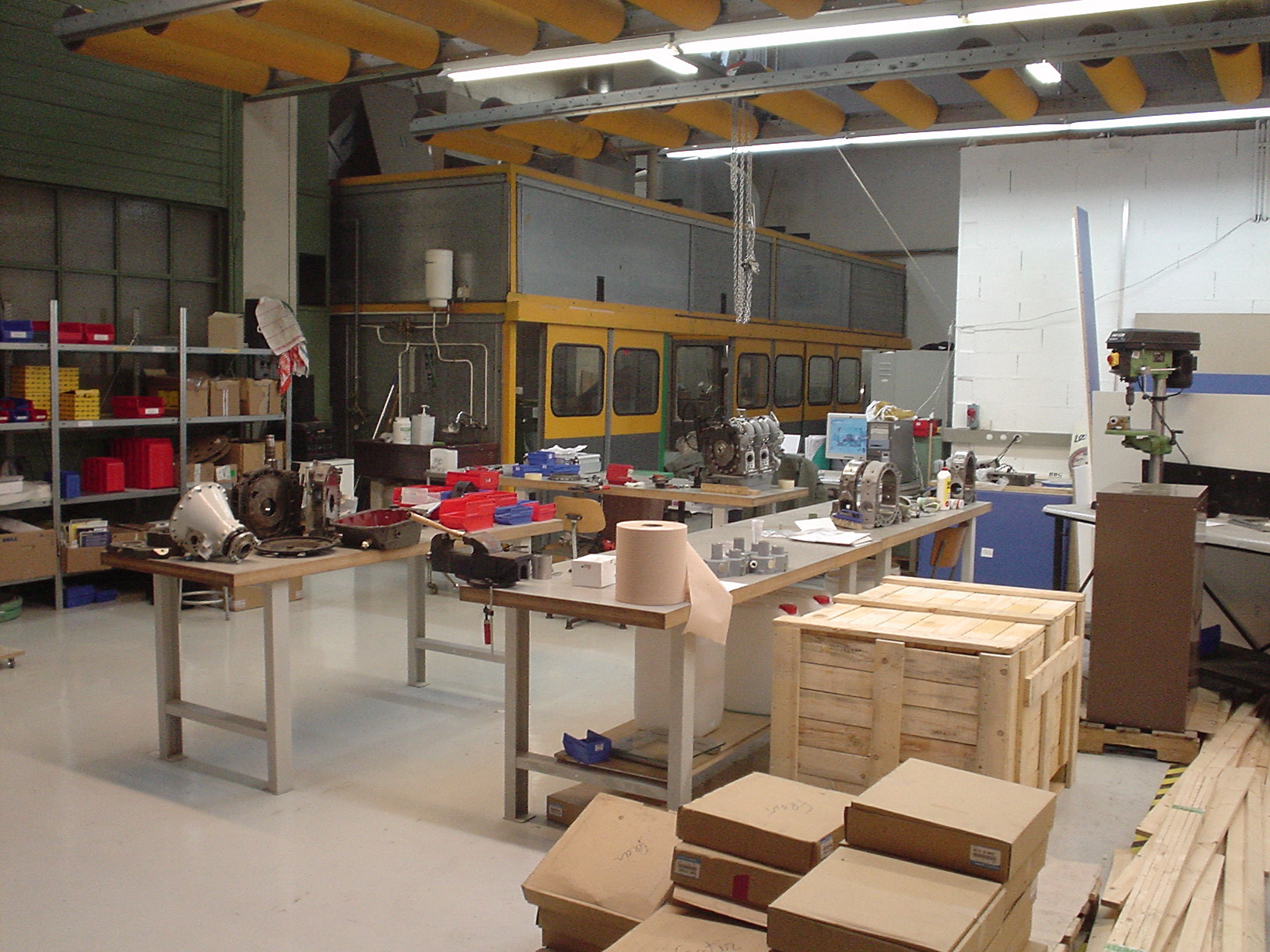
Mistral is a “small” company, with around 10 employees. I met most of them during my visit. The head honcho is Francois Badoux (CEO), standin in the test cell in front of a development engine:
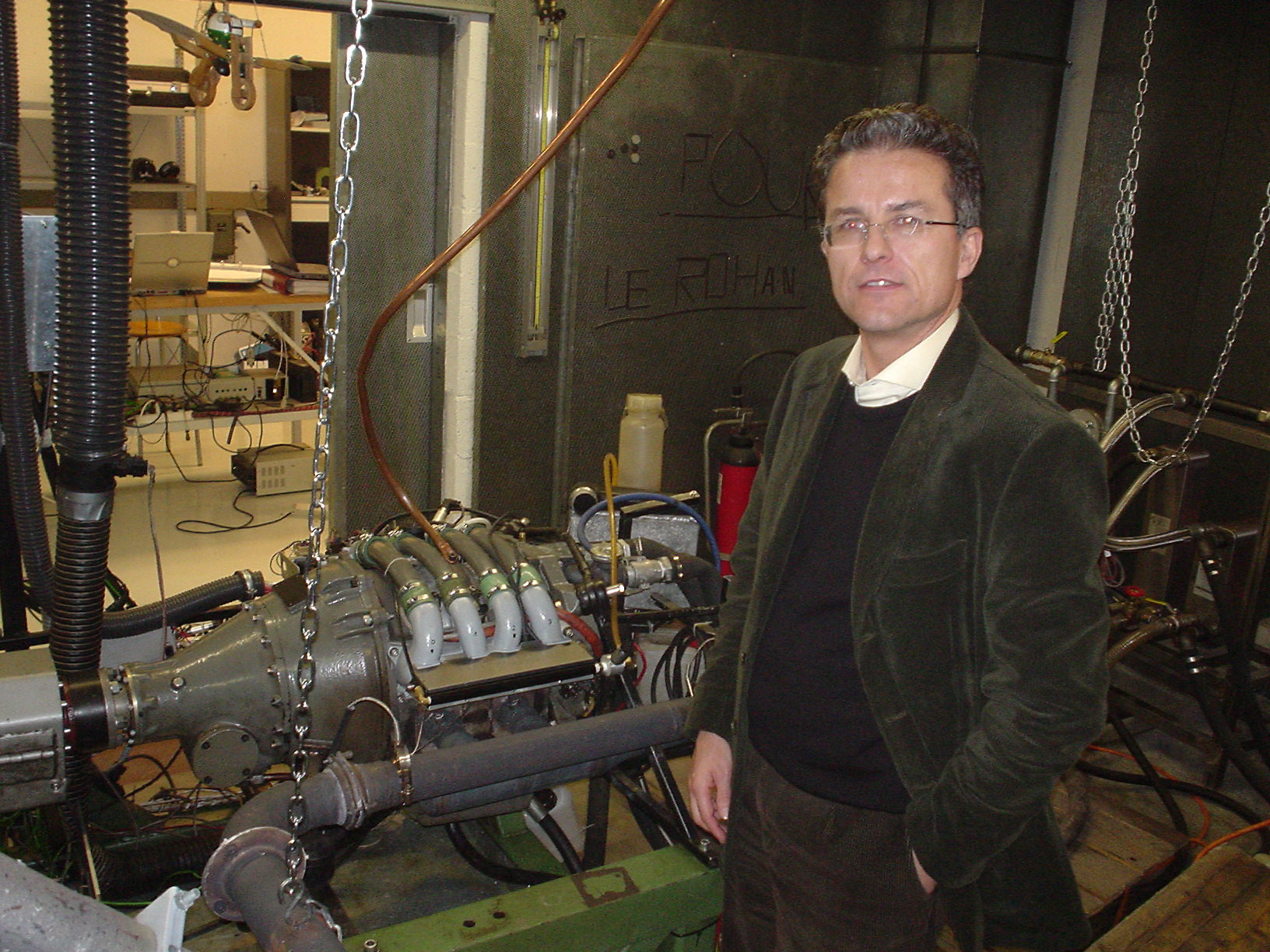
and the COO is Gordon Anderson, holding one of their dual fuel pump packages:
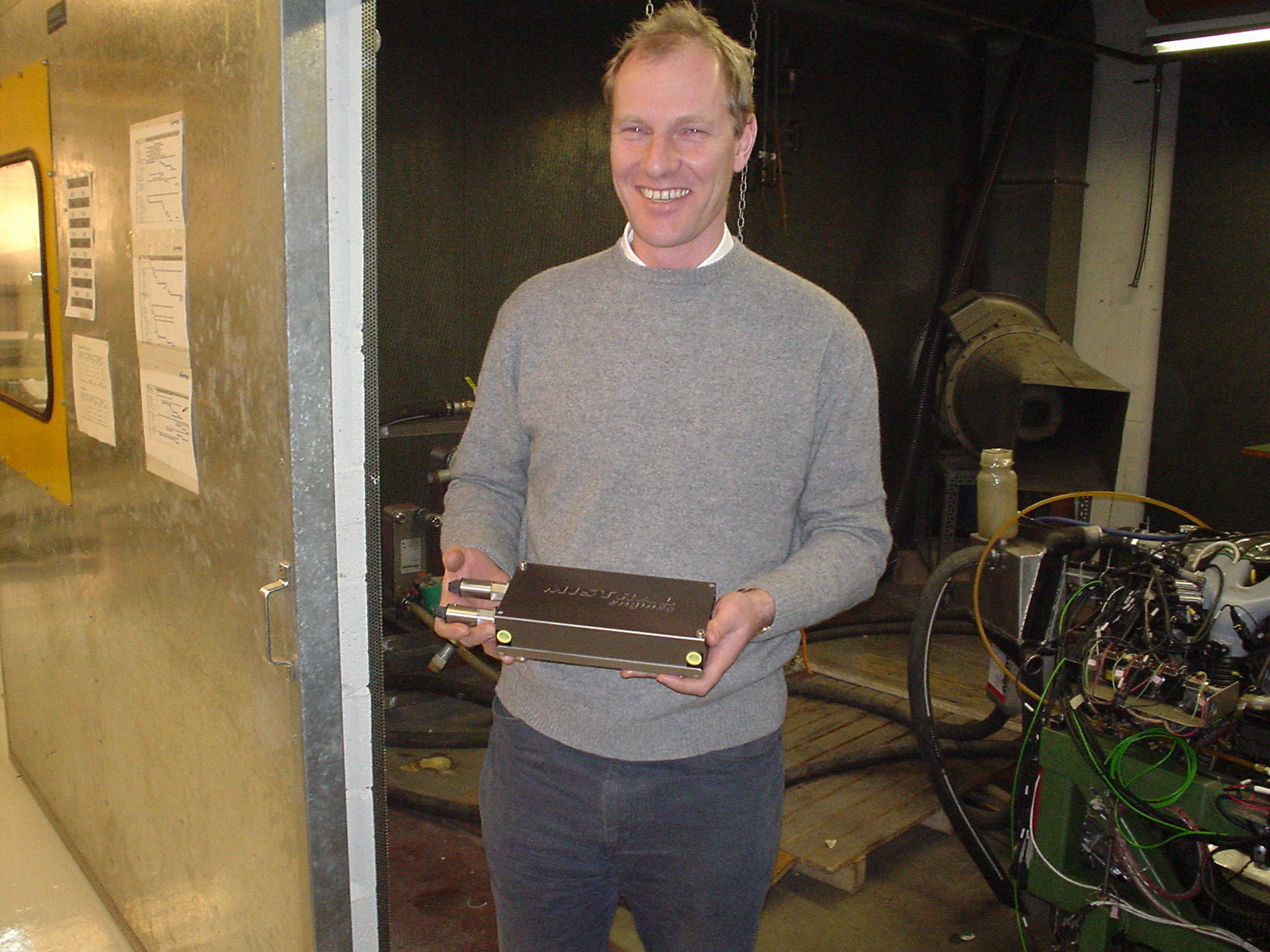
Here are a couple of guys working on a new version the intake manifold for the 3-rotor engine.
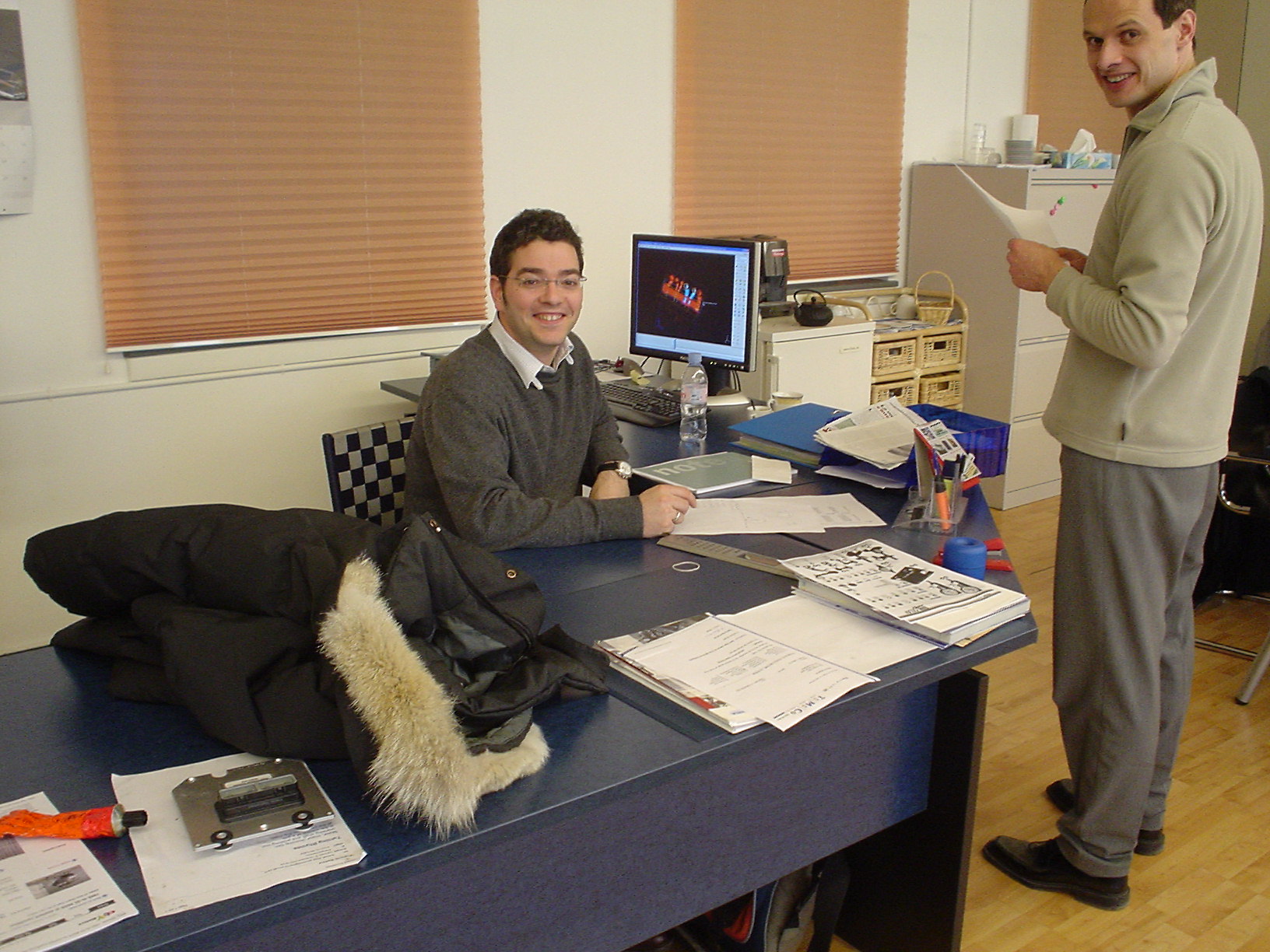
During the first part of my visit Francois explained to me their rational for getting into this business, why they chose the rotary as the core of their package, how they are working towards full FAA certification, how their product compares to products currently on the market, and he answered about 100 questions that I asked along the way. This took about three hours, and the time went very quickly.
One of the team members came over a couple of hours into the conversation to ask if we wanted to take a break for something to drink, but neither of wanted to stop. I was drinking from a fire hose, and I didn’t want to let a drop hit the ground. Plus, I knew that as soon as we had covered these fundementals, we could go to the lab, and play with some engines.
Much of what Francois presented was how a modern engine can improve upon the traditional aircraft engine. He was preaching to the choir, since I’ve already installed a modern engine in my RV8. I was very interested in why their engine was better, and I got an earful. There is a lot of good information on their website, and I won’t duplicate that here, but I would like to highlight some things that I found particularly interesting.
The main thing you hear about the rotary is that the fuel flows are too high. Francois said this is true with a standard Mazda bolted onto an aircraft, but not with the Mistral. They have done a lot of work with their intake system, dual fuel injectors, dual spark plugs, and the dual engine management computer (they call it Digital Engine Management or DEM) to get fuel flows down and power up. They are showing BSFC numbers as low as 0.45 lbs per HP per hour. This is getting right in there with Lycoming numbers.
Another area which is very high on Mistral’s priorities is full redundancy. They will support dual alternators, dual engine computers driving two spark plugs per rotor, and two fuel injectors pe rotor. I’m not aware of any other engine that has dual fuel injectors. I thought that was pretty cool.
The PSRU, which is a custom system designed and fabricated by another company in Switzerland, has two pads that can be used for a vacuum pump or a hydraulic prop controller. Not sure why you’d want the vacuum pump, but a hydraulic prop would be nice.
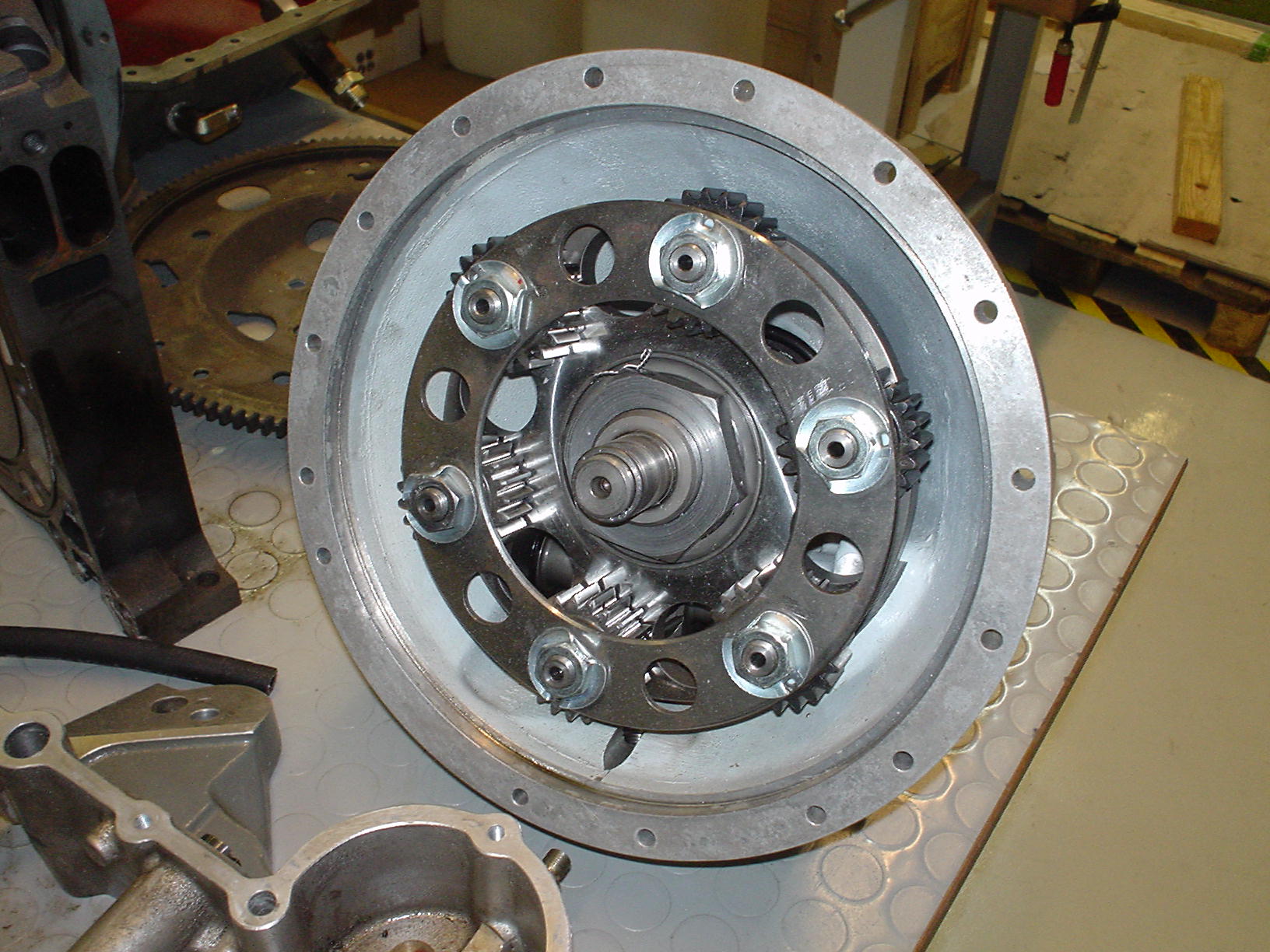
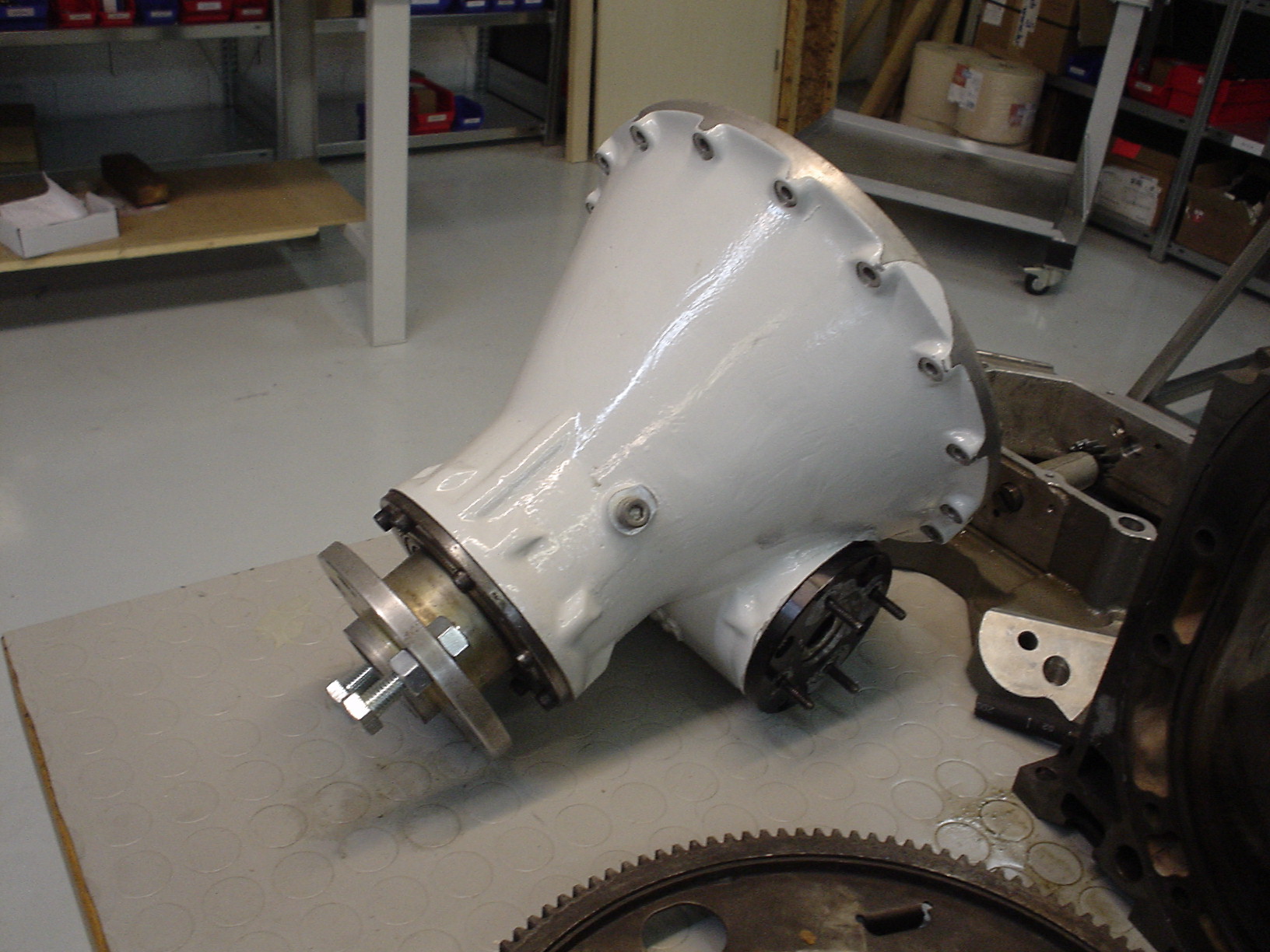

Sorry, the comment form is closed at this time.